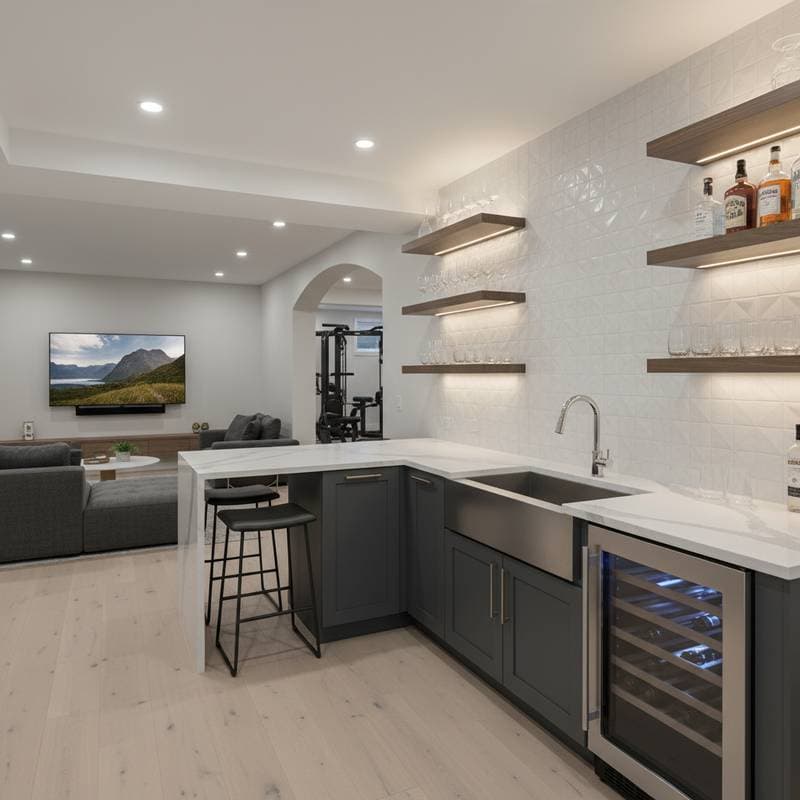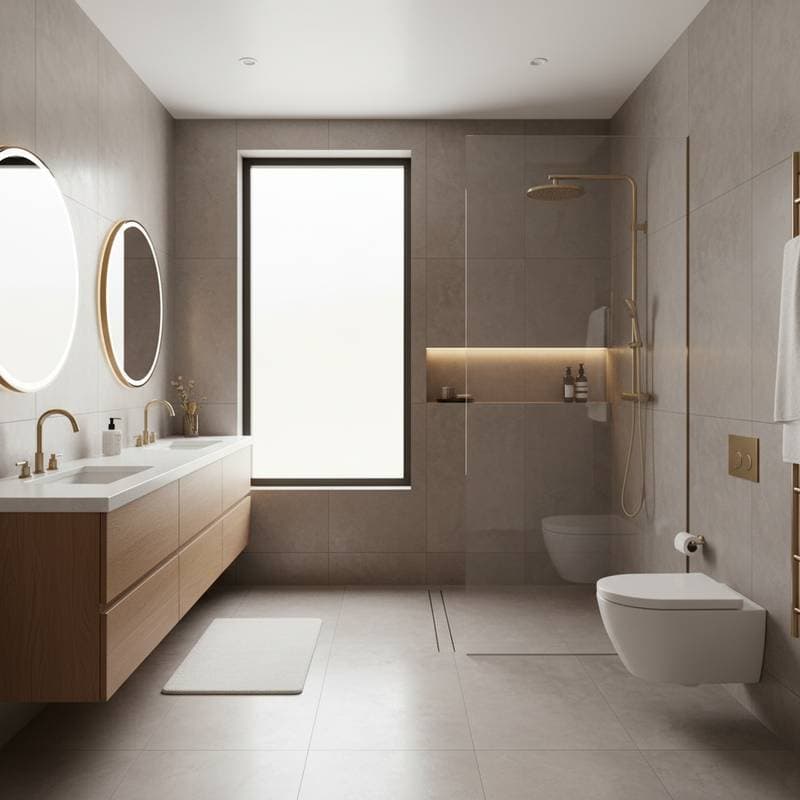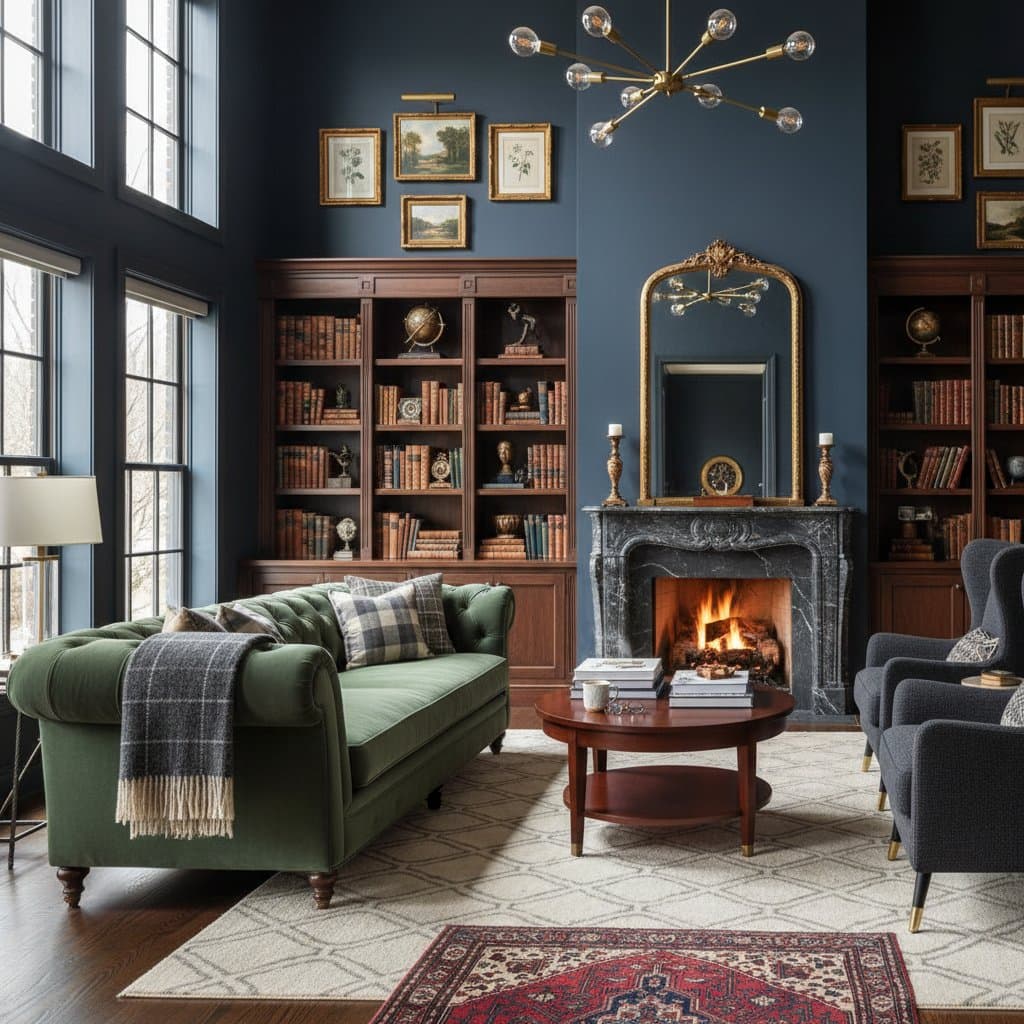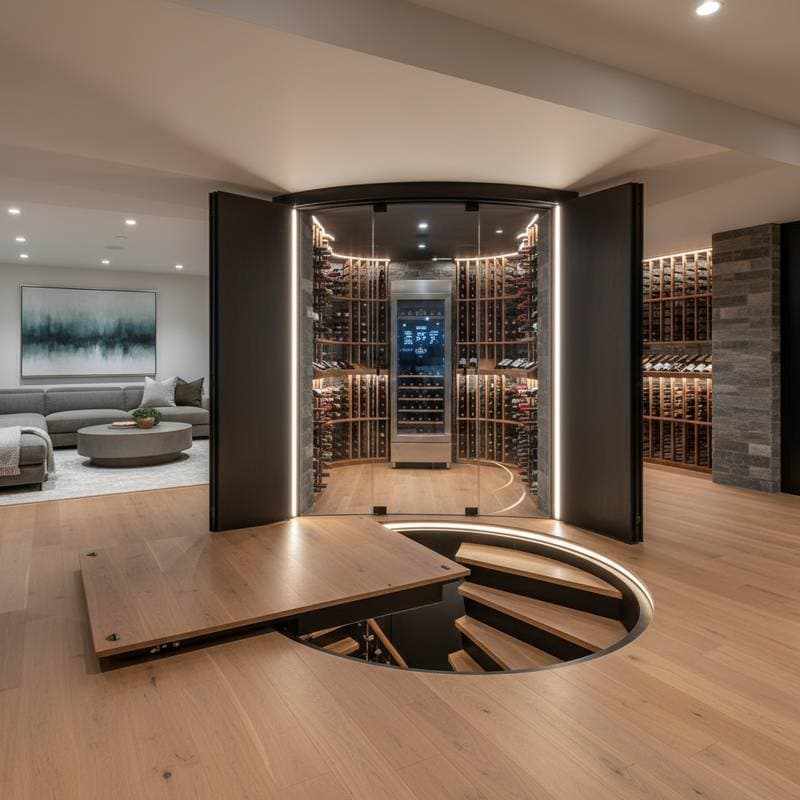Estimated Timeline: Three to ten days, varying by project scale
Essential Tools: Power drill, circular saw, spirit level, adjustable wrench, and tools for basic plumbing and wiring
Primary Risks: Potential for water leaks, electrical faults, or non-compliance with regulations
Homeowners with experience in woodworking and simple pipe work may tackle a modest wet bar connected to nearby utilities. This approach suits setups that avoid major alterations. However, projects involving fresh drainage lines, new wiring, or modifications to the building structure demand expert involvement to prevent costly errors.
When to Engage Professionals
- Cutting the basement slab becomes necessary for drain installation
- Extending or adding electrical circuits requires specialized knowledge
- Local regulations mandate approvals for water lines or power sources
- Pre-existing dampness or fungal problems need remediation first
Professionals guarantee accurate drain gradients, appropriate venting systems, and watertight barriers. Such precision averts water damage or structural concerns over time.
Upkeep and Durability
Daily and Periodic Maintenance
- Clean surfaces and the sink promptly after each use to avoid mineral buildup
- Flush drains with a gentle solution every month to maintain flow
- Examine seals and grout annually for signs of wear or separation
- Operate a dehumidifier or exhaust system regularly to inhibit mold
- Test pipe connections biannually for any signs of seepage
Expected Longevity
- Cabinetry lasts 15 to 25 years under normal conditions
- Counter surfaces endure 10 to 20 years based on the chosen material
- Sinks and faucets hold up for 10 to 15 years with diligent care
Coverage Considerations
Most fixtures and appliances include warranties ranging from one to five years. Retain documentation and instructions to facilitate any service requests.
Regional Considerations
Environmental Influences
In areas with high moisture or flood risks, prioritize impermeable flooring and moisture-proof membranes. A dedicated dehumidifier combats unpleasant scents effectively.
Regulatory Requirements
Municipalities typically demand approvals for plumbing or electrical additions. Certain jurisdictions prohibit linking bar drains to sump systems.
Cost Variations by Location
City environments command premium fees for qualified tradespeople, while countryside settings offer labor savings at the expense of fewer specialists.
Site-Specific Challenges
Properties near groundwater sources benefit from anti-backflow devices or elevated pipes to mitigate inundation risks.
Adaptation Examples
- Seaside locations call for rust-proof hardware
- Regions with harsh winters require pipe insulation against frost
- Elevated terrains may necessitate modified trap venting for optimal performance
Essential Safety Measures
Electrical Precautions
Position ground-fault circuit interrupter outlets adjacent to water sources. Consult a certified electrician for verification. Distribute appliance loads across multiple circuits to avoid overloads.
Plumbing Standards
Incorporate suitable U-bends and air vents in all lines. Refrain from routing sink waste to sump discharges. Ensure isolation valves remain reachable for quick shutoffs.
Air Quality and Dampness Control
Maintain steady circulation to deter microbial growth. Activate exhaust fans or humidity reducers when levels exceed 50 percent.
Construction Integrity
Steer clear of compromising support elements during framing. Address any hidden leaks prior to wall coverings.
Compliance Steps
Confirm permit obligations with authorities upfront. Official reviews safeguard plumbing and wiring integrity, preventing resale complications.
Value-Preserving Design Elements
Select cabinets crafted from water-repellent plywood or medium-density fiberboard with protected edges; steer away from vulnerable composites. Opt for quartz, natural stone, or seamless synthetics on counters, as these withstand spills superior to basic laminates. Employ resilient vinyl tiles or porcelain for floors to manage wetness.
Incorporate layered illumination, blending ceiling fixtures with focused under-cabinet lights, to offset dim surroundings. Integrate ample storage through pull-out compartments and display shelving tailored for bar essentials.
An effective wet bar harmonizes with the basement layout, avoiding a disjointed appearance. Aligning aesthetics with the home's broader style fosters seamless appeal at sale.
Pitfalls to Sidestep
- Neglecting base sealing prior to enclosing surfaces invites water intrusion
- Installing standard receptacles proximate to moisture sources endangers users
- Selecting somber tones exacerbates the sense of confinement in low-light areas
- Overlooking vent configurations leads to drainage backups
- Allocating funds to extravagant elements mismatched with local market norms erodes returns
Mid-tier selections emphasizing utility over ornamentation typically optimize financial outcomes. Direct investments toward reliability and ease of use.
Expert Recommendations
- Route pipes overhead where feasible to bypass floor disruptions
- Apply cement board substrates for backsplash installations to enhance water resistance
- Position a dedicated shut-off within the cabinetry for straightforward access
- Dedicate a distinct circuit to at least one ground-fault protected outlet
- Integrate strip lighting beneath cabinets to illuminate prep zones effectively
Anticipating aesthetic and operational needs minimizes future repairs.
Addressing Common Queries
What minimum area suits a basement wet bar? A compact design requires six to eight feet along a wall. Configurations with stools demand ten to fifteen feet.
Is floor penetration avoidable for installation? Affirmative, leveraging adjacent utilities or elevated drain setups. Concrete breaching becomes essential otherwise.
Are permits mandatory? Generally, for utility integrations; verify with municipal offices.
Which surfaces endure spills best? Waterproof vinyl, glazed tiles, or treated cement outperform absorbent options like rugs or timber.
Steps to Realize Your Basement Wet Bar
Begin by evaluating your space and budget, consulting local codes early. Select materials that balance durability with style, and prioritize professional input for complex elements. This investment not only elevates your home's enjoyment today but secures substantial value tomorrow, turning a simple upgrade into a lasting asset.












